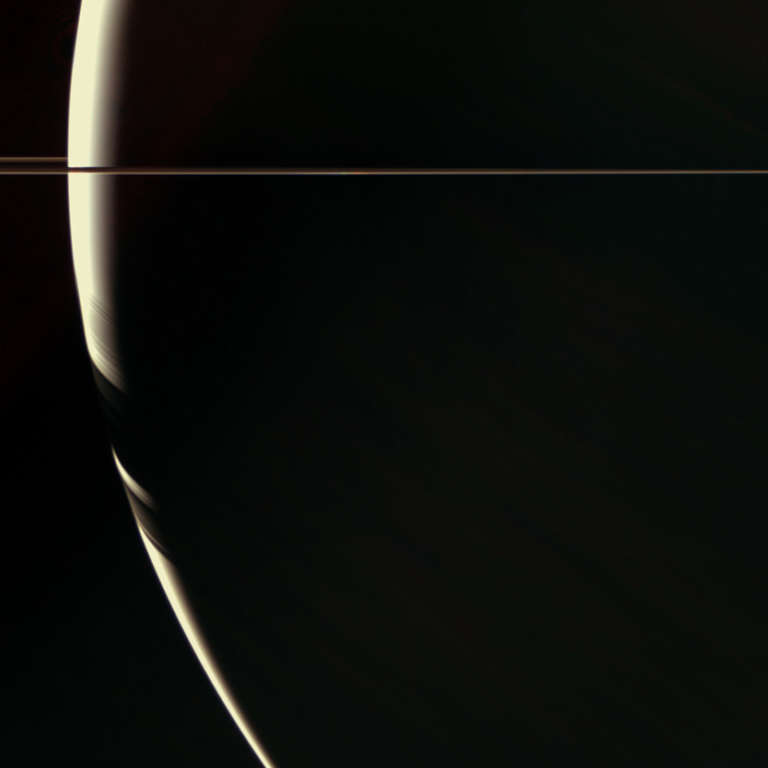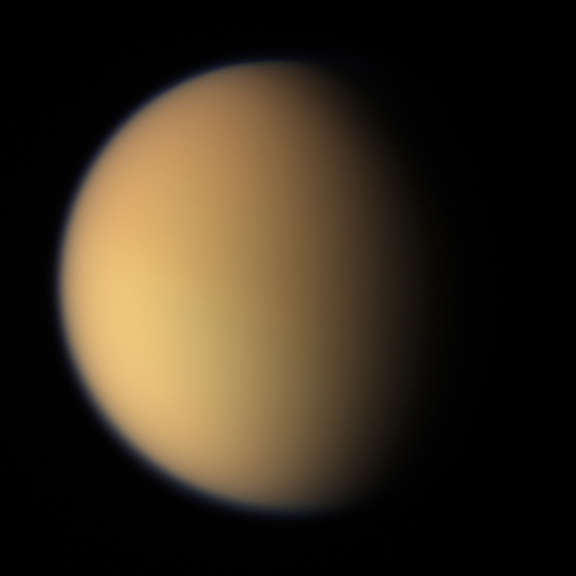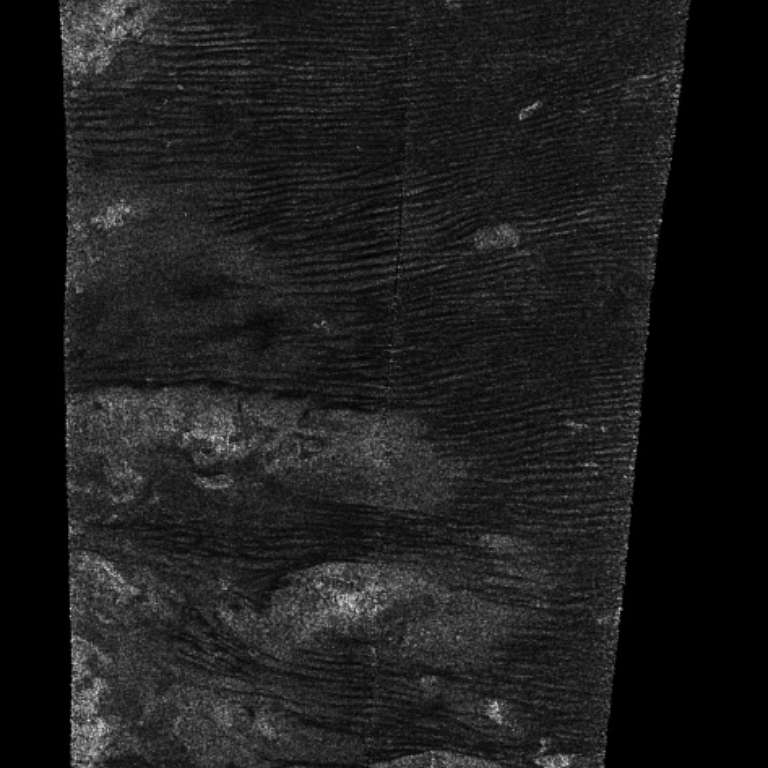All
All
Stories, updates, insights, and original analysis from The Planetary Society.
Pretty picture: five moons for Cassini
Explaining how to combine the red, green and blue images from a recent Cassini image session containing five of Saturn's moons: Janus, Pandora, Enceladus, Mimas and Rhea.
Origins 2011 conference, part 2
In this, my second blog on Origins 2011 in Montpellier, France, a conference dedicated to the interdisciplinary research on the origins of life, I aim to provide my impression of the second half of the conference.
Pretty movie: Everything in the Saturn system is in motion!
A few weeks ago a producer for a public television space documentary asked me if I knew of any cool Cassini animations and my answer was,
Congratulations to the Dawn team on their orbit entry & pretty pictures!
There's a new orbital mission on the map! As of Friday, the relatively small mass of the asteroid Vesta has finally taken hold of its new artificial satellite, Dawn.
Cassini animations: Rhea and Dione and Titan
I've been mucking about in the Cassini data archives (as I often do when procrastinating) and unearthed a neat, if short, mutual event sequence of two crescent moons passing by each other.
Vesta looks pretty battered
There was a press briefing on Dawn today at NASA Headquarters, and there are new pictures! Here's what Vesta looked like as of three days ago, when Dawn was only 189,000 kilometers away.
Cassini finally catches Helene
Cassini has finally achieved gorgeous global imaging of Helene with a spectacular flyby on Saturday, in which they got Helene to pose prettily for the camera from beginning to end of the encounter. And what a wacky, wacky world Cassini has revealed Helene to be!!
Color versions of the recent Titan & moon beauty shots
Last week I got very excited about a set of pictures that had appeared on Cassini's raw images website, but was sad that I couldn't make color versions myself. I was so excited that I failed to identify the little icy moon in the picture correctly.
Tantalizing photos of Titan, Dione, Tethys, and Saturn
It figures. I just start a three-week trip, with my only computer a diminutive Netbook, and guess what's just been radioed across the 1.3 billion kilometers separating us and Saturn? A set of photos that should become -- when properly processed -- an iconic image from Cassini's fourteen-year mission to the Saturn system.
Titan's lack of lightning
It's a fact of life in science that not all of your hypotheses will turn out to be correct (or even verifiable at all). But there's a bias toward the publication of positive results -- the discovery of this, or the proof of that.
The scale of our solar system
Space.com has taken advantage of the infinitely scrollable nature of Web pages to produce a really cool infographic on the scales of orbital distances in the solar system.
Watch Saturn's storms spin with VIMS
A lot of attention has been paid recently to a storm in Saturn's northern hemisphere that is large and bright enough to be visible from Earth, but Saturn's atmosphere actually features lots more swirling storms. They can be hard to see, at least in visible wavelengths.
Historical PDF: "The Voyager Flights to Jupiter and Saturn"
A while ago I posted all 99 issues of the Voyager Mission Status Bulletins in PDF format, and now I have another cool item to add to that collection: NASA EP-191,
Nearly behind Saturn
Some recent photos that Cassini took from a position nearly in Saturn's shadow caught my eye, and I made a quick color composite. What an amazing view this would be if you were riding on the spacecraft!
Are there more Titans than Earths in the Milky Way?
Might there be many Titan-like planets and moons, with atmospheres and liquid methane rain, rivers, and lakes, across the galaxy? It's an important question if you think that liquid methane environments could support alien life, because it turns out that Titan-like planets might be more common than Earth-like planets.
Lots of great stuff in the latest Cassini data release
I've got some lovely pictures from Saturn to show you! Every three months, the Cassini mission dumps gigabytes worth of precious Saturn data into the Planetary Data System, and the latest gift came on April 1. This particular pile of data, which was taken between April 1 and June 30, 2010, contains a lot of really terrific moon observations.
365 Days of Astronomy Podcast: What's up in the second quarter of 2011
Regular readers of this blog will find the content of today's 365 Days of Astronomy Podcast familiar, because it's an update on what the solar system exploration spacecraft are up to, based on my monthly
Saturn's storm: A quick turnaround from Hubble
Saturn's raging northern storm has been watched since it began by amateur astronomers, and now Cassini is getting in to the act too. Presumably once astronomers realized the magnitude of what was going on, some of Earth's great observatories were also occasionally pointed at the ringed planet to watch the storm grow.
LPSC 2011: Sponge-moon Hyperion
Saturn's moon Hyperion has a bizarre sponge-like appearance that is in dramatic contrast to other heavily cratered bodies in the solar system.
Evidence for rain on Titan
Last week, Zibi Turtle and Jason Perry and a dozen other coauthors published a paper in Science discussing evidence for rain on Titan.


 Explore Worlds
Explore Worlds Find Life
Find Life Defend Earth
Defend Earth


 Sun
Sun Mercury
Mercury Venus
Venus Earth
Earth Mars
Mars Jupiter
Jupiter Saturn
Saturn Uranus
Uranus Neptune
Neptune Small Bodies
Small Bodies

















